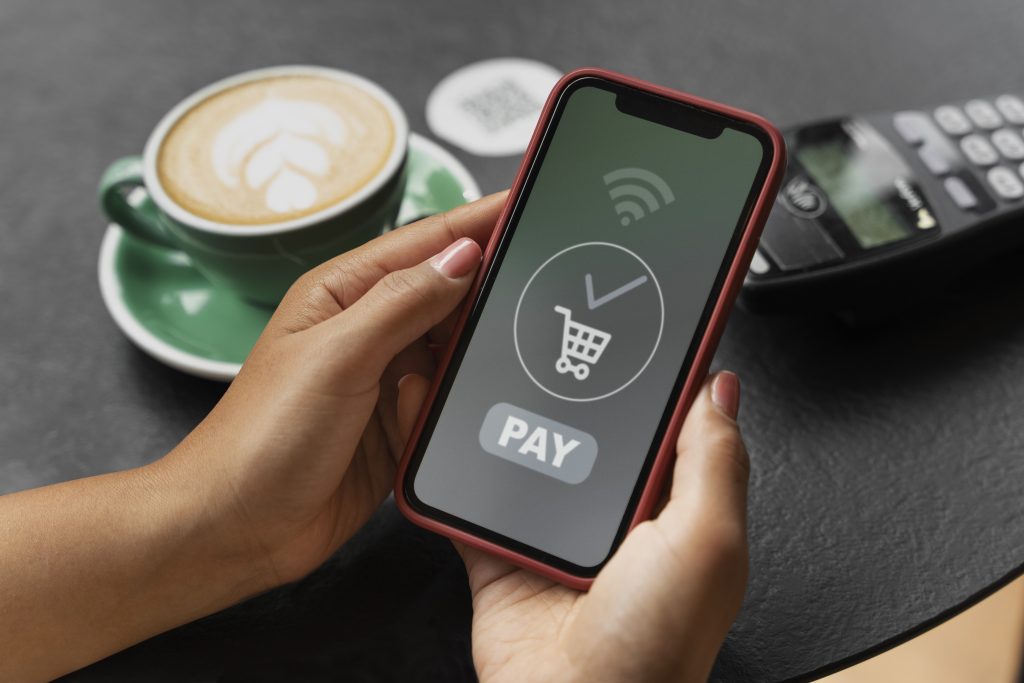The United States has witnessed a significant transformation in the financial technology sector over recent years, especially with the emergence of virtual credit cards. These instruments have redefined how consumers conduct online transactions, bringing both convenience and a set of unique challenges. With the increasing reliance on digital solutions, the evolution of virtual credit cards offers a glimpse into the future of secure and efficient financial operations.
Virtual credit cards, initially viewed with skepticism, have gradually gained acceptance and popularity. Their rise is largely attributed to technological advancements and the growing need for secure digital transactions. As we delve deeper into this subject, we will explore the benefits and hurdles that accompany this evolution.
The rise of virtual credit cards in the USA

The inception of virtual credit cards can be traced back to the increasing demand for safer online transaction processes. These digital cards provide a temporary credit card number that is difficult for hackers to exploit. Early adopters were primarily technology enthusiasts; however, today, a broader demographic utilizes these cards thanks to widespread internet literacy and ecommerce growth.
American banks and financial institutions noticed the potential of virtual cards early on. By issuing them to mitigate fraud risks, they provided consumers with a sense of security during online shopping. This proactive approach helped in fostering trust among users, thus accelerating their adoption.
In recent years, the surge in online shopping and the emergence of fintech companies have further propelled the widespread use of virtual cards. With simple integration into digital wallets and online platforms, they have become almost indispensable for the modern consumer, marking a new era in cashless transactions.
Tech-driven security
One of the standout features of virtual credit cards is their fortified security measures. Unlike traditional physical cards, virtual credit cards generate a unique, one-time-use number for each transaction. This feature drastically reduces the possibility of fraud, offering peace of mind to users who frequently shop online.
Additionally, many virtual card providers offer advanced security settings to consumers, allowing them to set spending limits or specify merchant categories for card use. Such personalization options enhance user control, tailoring the card’s functionality to individual needs.
Convenience and accessibility
Virtual credit cards are also synonymous with convenience. Their ability to be issued instantly means that users no longer have to wait for a physical card to arrive by mail. This immediacy is particularly attractive to those who need quick access to funds for online purchases.
Furthermore, virtual cards can easily be managed through mobile banking apps, allowing users to monitor their transactions, budget their spending, and manage multiple accounts from a single platform. This digital integration places financial control at the user’s fingertips.
Benefits and challenges of digital credit solutions
Despite their numerous advantages, virtual credit cards are not without challenges. To fully appreciate these, it is crucial to consider both their merits and the obstacles that consumers, financial institutions, and retailers face.
On one hand, virtual credit cards offer increased security and user convenience. On the other, they require users to adapt to new technologies and security protocols, which can be daunting for those who are less tech-savvy. Financial institutions, too, need to invest deeply in infrastructure to support these advancements.
Advantages of virtual cards
The prime advantage of virtual cards is enhanced security. By minimizing the exposure of sensitive information, they protect users from identity theft and unauthorized transactions. This sense of security is a compelling factor that attracts consumers to adopt virtual cards.
Another benefit is the flexibility they offer. Users can generate a new card number for each transaction, giving them granular control over their spending habits and further reinforcing security. This allows for precise budgeting and expense management, essential tools in today’s economic climate.
Additionally, the low barrier to entry makes them accessible to a wide audience. Without the need for physical production and distribution, virtual cards can be offered quickly and at a lower cost. This democratizes access to digital financial tools, strengthening financial inclusion initiatives.
The hurdles to overcome
Despite their benefits, virtual credit cards pose certain challenges. One major issue is consumer education. Many users remain unaware of how these cards work or are uncertain about the security measures in place. Bridging this knowledge gap is crucial for broader adoption.
Technical issues can also arise, particularly for merchants who need to ensure compatibility with virtual card transactions within their payment systems. This can require additional investment and upgrades, which may not be feasible for smaller businesses.
Finally, as with any digital technology, there is always the risk of cyber attacks. While virtual cards significantly reduce fraudulent risks, continuous advancements in technology require persistent vigilance and adaptation to protect against emerging threats.
